Clean air is in short supply near Kadugodi area in Whitefield, where apartments and villas cost crores of rupees. Reason: indiscriminate burning of low value plastic in open fields.
If you walk through the narrow road in Khajisonenahalli near Kadugodi in Northeast Bengaluru, you will be greeted with heaps of garbage and smoke emanating by the side of the road. Dry waste of all types, including plastic materials, clothes, mattresses, chappals is piled up, and a few workers were seen manually segregating waste, on the day this reporter visited the spot.
Smoke emanates from the segregation site. Pic: Akshatha M
The scene was worse as we proceeded towards another segregation site near Katamnallur cross, the intersection of Whitefield Hoskote Road (SH35) with Old Madras Road (NH4). The pollution in the air was unbearable. Imagine the plight of the villagers who live in the nearby houses—at a stone’s throw distance from this place, it must really be hell.
We moved further to Seegehalli, to see the ‘vacated’ waste segregation yard. One could barely call it as an empty site, with low value reject waste spread all over and burnt in a trench.
What is appalling is this: This segregation yard lies adjacent to an agriculture field. Amaranth leaves (Harive Soppu/ Dantina Soppu) grew in abundance in a sprawling field right next to the waste burning site. The effect of constant burning of mixed plastics on the vegetables and greens grown there can only be imagined.
Garbage is thrown and burnt adjacent to a farm land that grows green vegetables. Pic: Akshatha M
No clarity on origin of the waste
Speaking to Citizen Matters, one of the workers, Ali who is in-charge of the segregation yard at Khajisonenahalli said that he was collecting BBMP’s dry waste from trucks at collection point (Hoodi) and was segregating it in the village. “High value waste is sold to recyclers like ITC and low value waste is burnt here as they can not be recycled,” he said. The segregation yard was earlier functioning on a vacant land in Seegehalli, but following the opposition by the villagers, the yard was shifted to Khajisonenahalli two months ago.
What is the effect of burning plastic?
When plastic burns, a category of toxic chemicals known as dioxins get released into the air. A fact sheet compiled by World Health Organisation says: Short-term exposure of humans to high levels of dioxins may result in skin lesions, such as chloracne and patchy darkening of the skin, and altered liver function. Long-term exposure is linked to impairment of the immune system, the developing nervous system, the endocrine system and reproductive functions. Chronic exposure of animals to dioxins has resulted in several types of cancer.
The fact sheet also lists “uncontrolled waste incinerators (solid waste and hospital waste)” as the “worst culprits”, as the burning is incomplete often.The waste segregation yards in Kadugodi belong to this category. The dioxin released here is likely to be added into the food chain, through the vegetables grown in the area.
Not just this, the poisonous soot accumulated in such unscientific incineration yards mixes with water during rains and pollutes the groundwater. This happened in Mandur, where people do not get clean groundwater to drink even today.
It is not clear from whom these resellers are collecting the dry waste. It could be either from the BBMP, or garbage contractors or from the Dry Waste Collection Centres. The man in-charge of segregation unit who did not want to be named, refused to divulge further information. He added that they were burning minimal waste and he was ready to shift to some other place, if it is causing inconvenience to people.
Seegehalli and Doddabanahalli gram panchayats, located near Kadugodi, a few kilometres north of Whitefield, are gradually turning the dumpyards of dry waste generated in Bruhat Bengaluru Mahanagara Palike, is city limits. Dry waste is dumped here for segregation by private interests, illegally without the consent of the local gram panchayats.
At least five such illegal dry waste segregation units are functioning in Seegehalli and Doddabanahalli gram panchayat limits for the past three years. The empty land is rented out by local farmers to dry waste resellers, who segregate waste before selling it to the recyclers. After segregating dry waste and taking out the valuables, the workers dig out huge trenches and burn low value waste.
The agitation of Mandur villagers (which is a few km away from Seegehalli), against the dumping of the city’s waste in their village and its consequences is yet to fade away from the memory of the people. Now it is the turn of these villagers to raise their discontentment against waste segregation in their neighbourhood.
Low value dry waste in burnt in a trench at Seegehalli. Pic: Akshatha M
Smoke and smell trouble residents
Dry waste segregation and burning in open fields has become a matter of concern for even the residents of nearby apartments. Venu Reddy, a resident of Seegehalli, said that many people in his apartment had complained of smoke entering their houses, specially at night. “Though our apartment is located 3 km away from the segregation site, we get the smoke often. It is good that the city’s waste is segregated, but this is not the way to segregate by bringing it to the villagers that are not even part of the BBMP. Are they going to make our villages yet another Mandur?” he asks.
According to Muniyappa, a resident of Khajisonenahalli, the field was rented out by the landlord for segregation. “The field was lying vacant and the farmer rented it out to the waste resellers. He gets a monthly rent of Rs 25,000. Isn’t it an easy source of income? Perhaps, the landlord has not thought of the aftermath of burning waste in his land. It is contaminating ground water table and the soil fertility is lost. What about the pollution and diseases that are caused due to burning?” he questions.
Workers engaged in dry waste segregation process. Pic: Akshatha M
R K Misra, founder of Nav Bharath party and a resident of Kadugodi, said that the residents were planning to approach the BBMP and Karnataka State Pollution Control Board (KSPCB), demanding a solution. “It is the responsibility of the BBMP to ensure that the contractors and Dry Waste Collection Centres dispose the waste scientifically. The problem will not be solved by evicting the waste segregators as they would only shift to yet another village. A proper system has to be put in place for segregation, disposal and recycling of waste,” he added.
Authorities unaware of the issue
Doddabanahalli Panchayat Development Officer Jyothi told Citizen Matters that she was not aware of the dry waste dump yard. She assured that she would issue a notice to the land owner as well as to those involved in waste segregation.
KSPCB Environmental Officer Vijaya Hegde too assured of carrying out field inspection and of directing the BBMP to clear the site, if a formal complaint is submitted to the Board.
However, BBMP Chief Engineer (SWM) Yathish Kumar declined to comment on the matter.
BBMP not tracking trash disposal
The expert committee on Municipal Waste Management, in its report dated May, 24, 2014, had recommended the BBMP “to urgently proceed to enlist scrap dealers/ waste buyers/ kabadiwalas who agree to accept all dry waste brought to them for sorting and sale in their normal course of business. In return for accepting all waste without being selective, the BBMP may provide them weekly pick up facilities for baled wastes unwanted by them. Such unwanteds can be used for plastic roads, or polymer-to-fuel or alternative fuel resources in cement kilns.”
A vehicle carries dry waste to the unofficial dry waste segregation site in Seegehalli. Pic: Akshatha M
After the court directions on the BBMP set up Dry Waste Collection Centres (DWCCs) along with various agencies across Bengaluru, three years ago. These centres are supposed to do secondary and tertiary segregation before selling it to recyclers. The work has been initiated with an objective to avoid large pile of dry waste going to landfills. On the other hand, the garbage contractors too have been designated with the task of segregation of waste at source. This situation apparently is a loophole in the current system.
A senior official who had earlier worked with the SWM section of the BBMP, on the condition of anonymity said that the segregation and disposal of dry waste in open areas was taking place due to lack of follow-up by the BBMP officials on where Bengaluru’s waste was going.
“There should be a proper system for segregating high value and low value dry waste. While high value waste could be recycled, low value waste could be incinerated scientifically,” he said.
Citizen Matters is tracking the developments. If any readers take up the issue with any authority, please keep us informed at edit[at]citizenmatters.in or write to the author.
Related Articles
BBMP burning garbage near Begur lake despite complaints
Garbage burning: Disposing waste, or polluting the air?
When your child gets a cut or burn, you need to know first aid
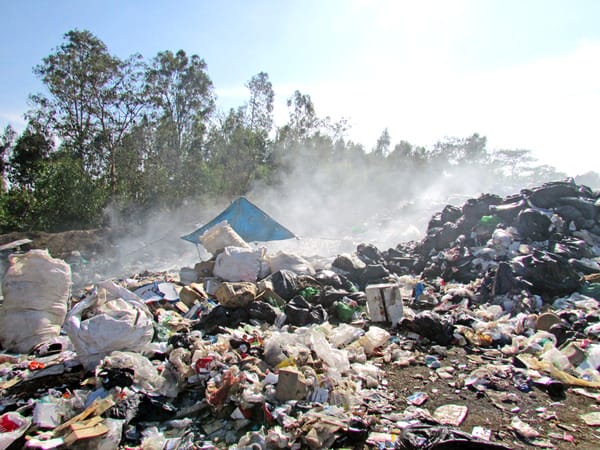
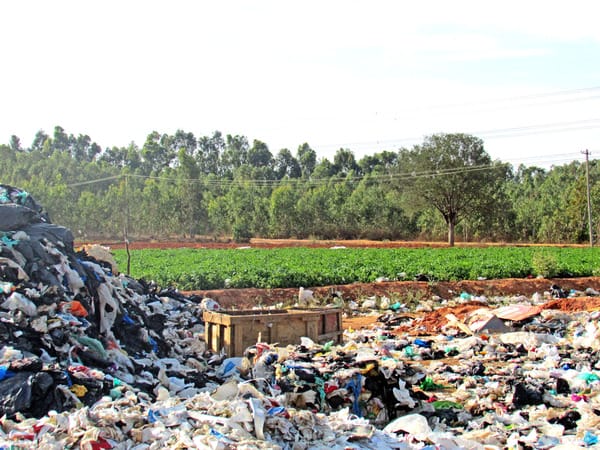
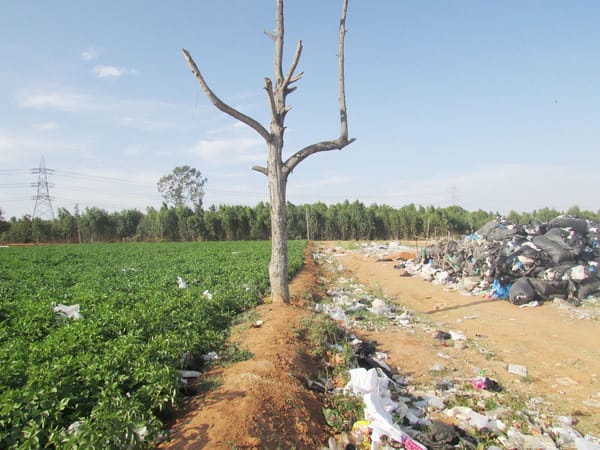
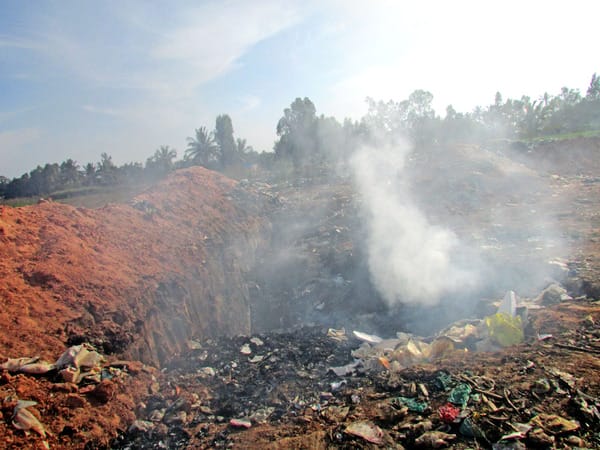
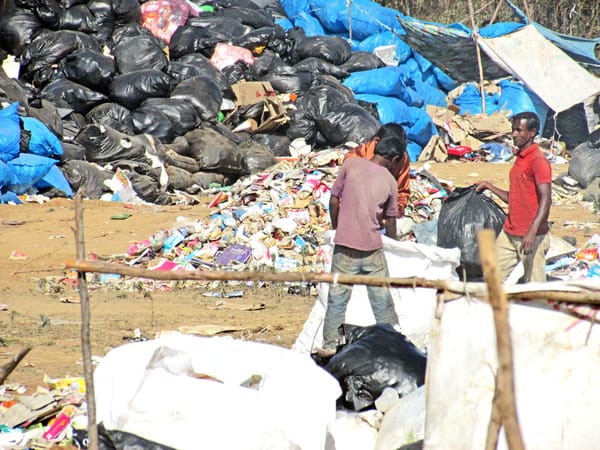
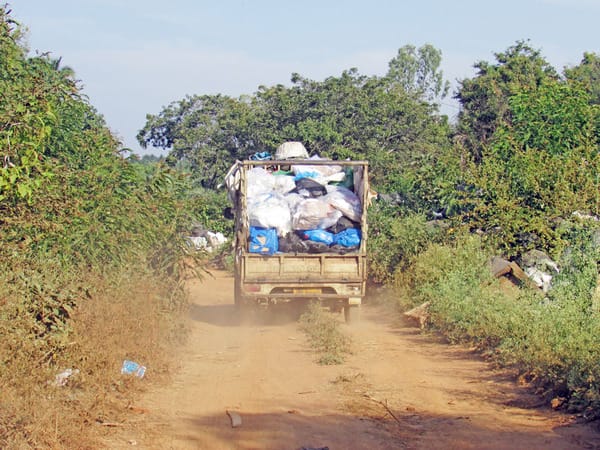
The entire city is facing this problem. Garbage is dumped in the open. Someone lights it up. A bottle of water doesnt cut it. BBMP helpline takes forever to address any issue.